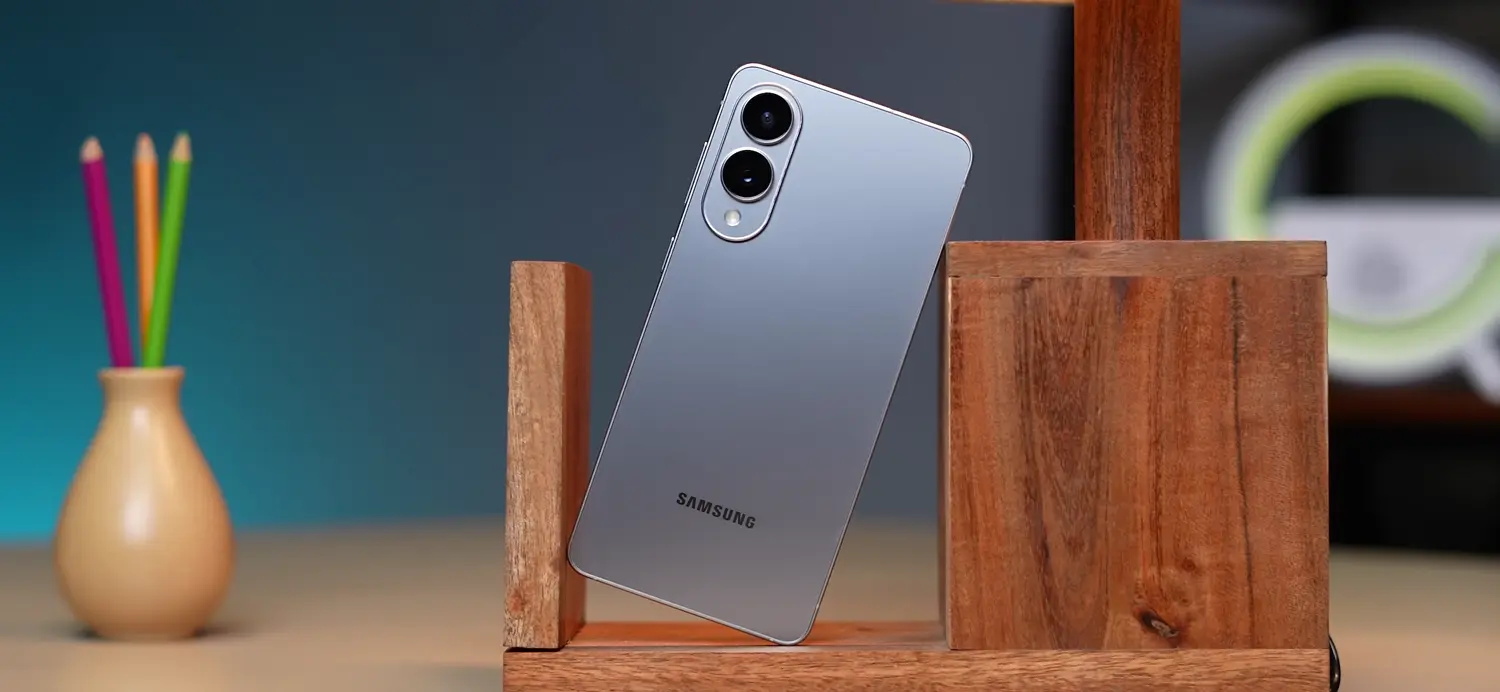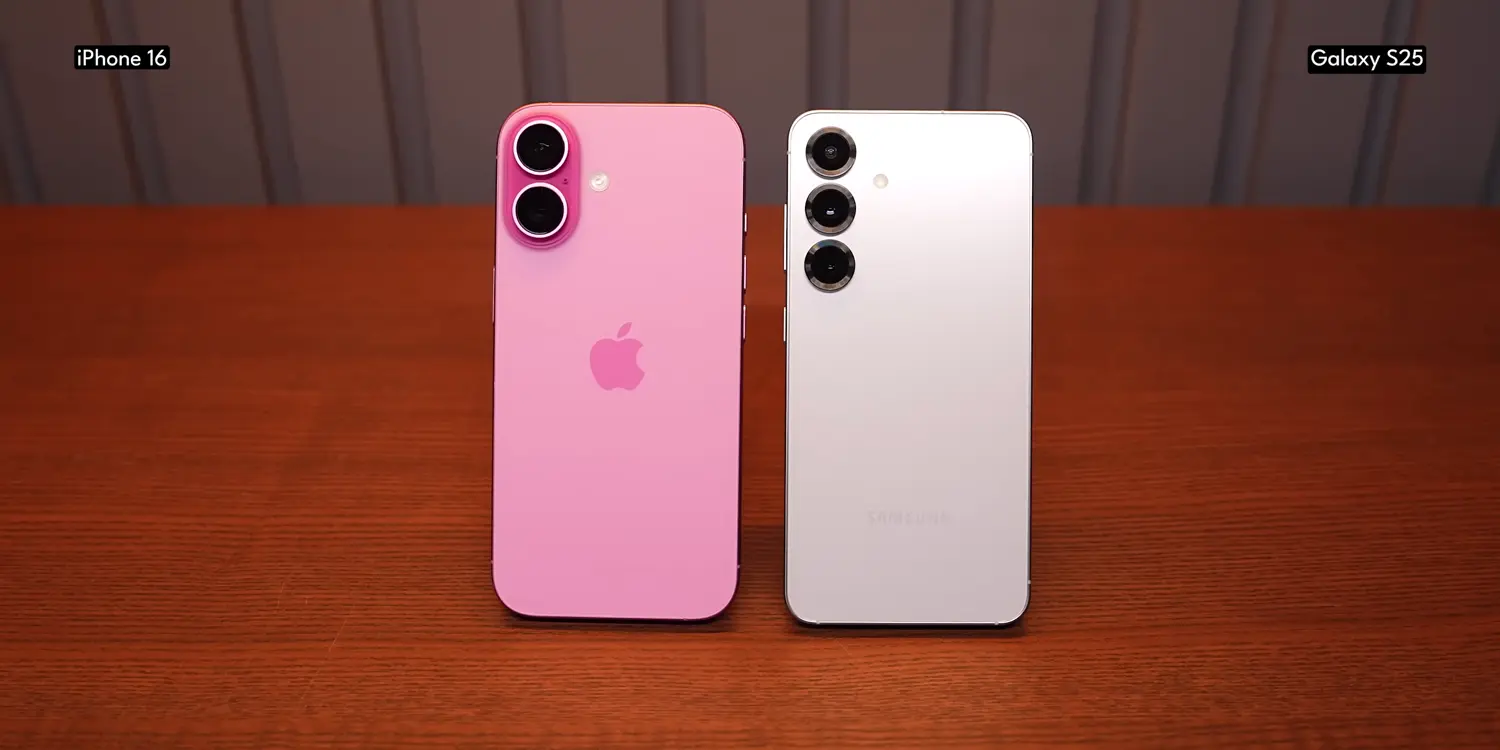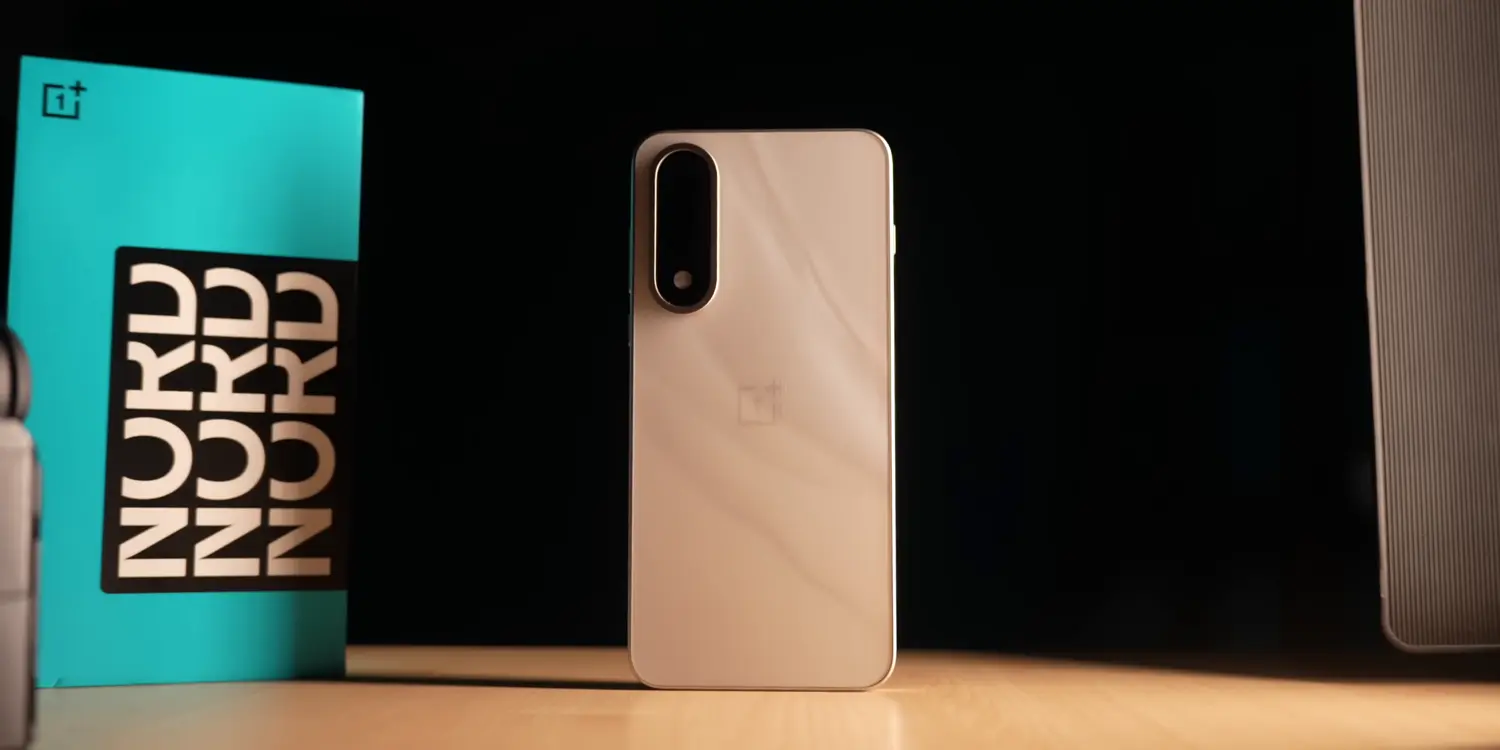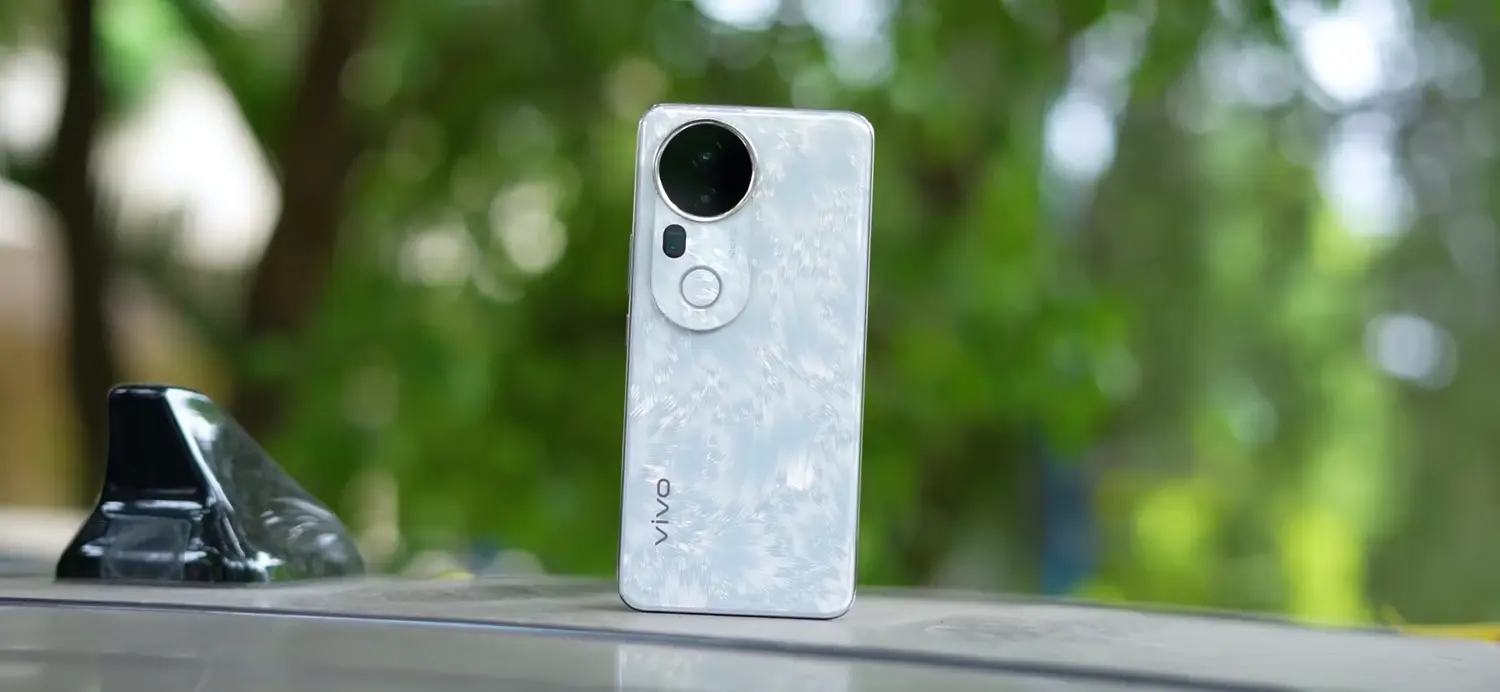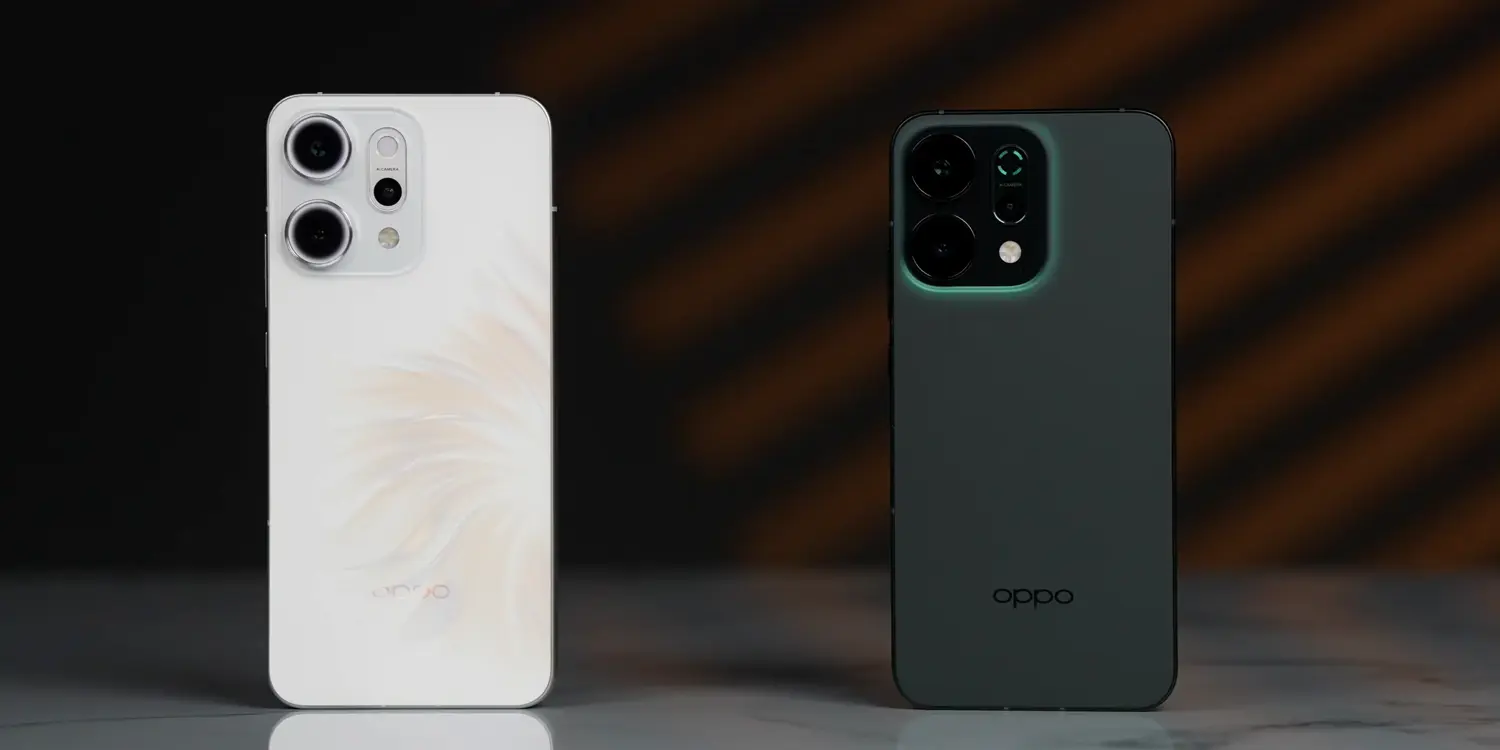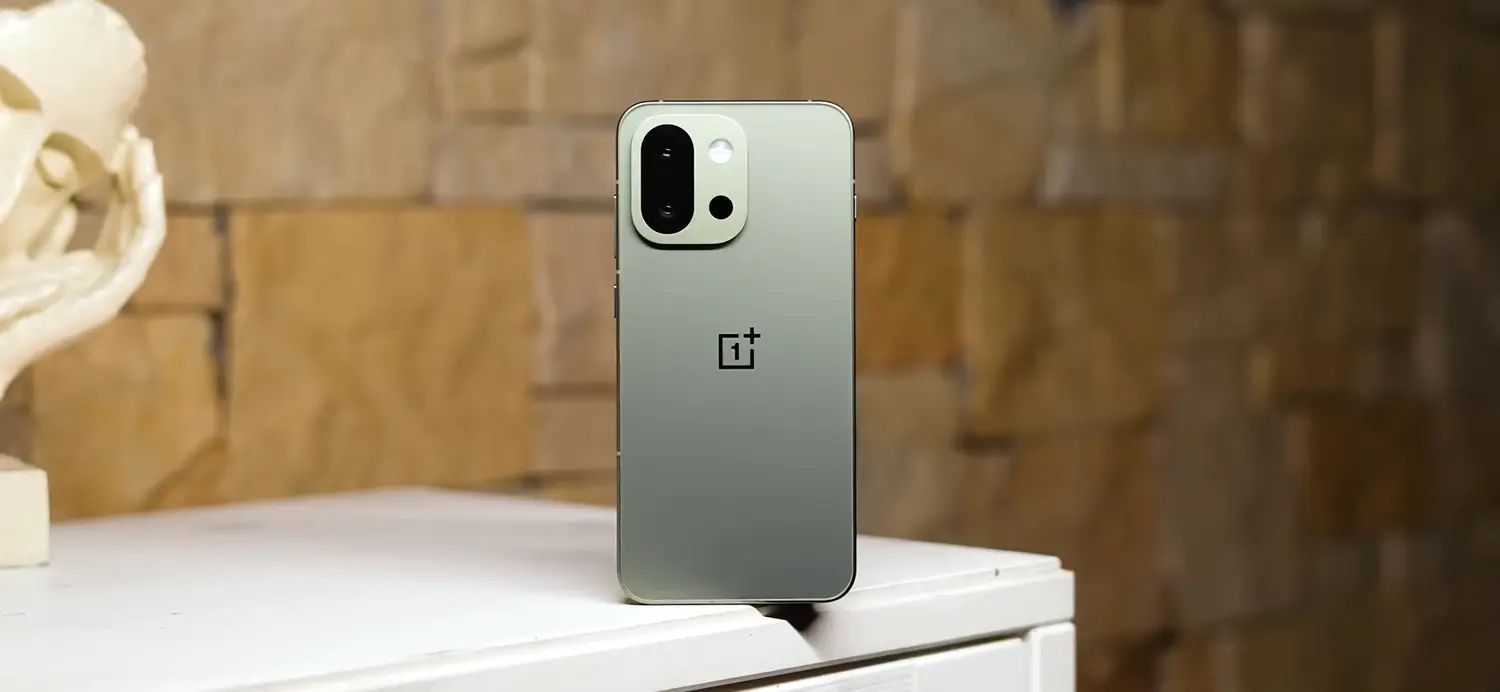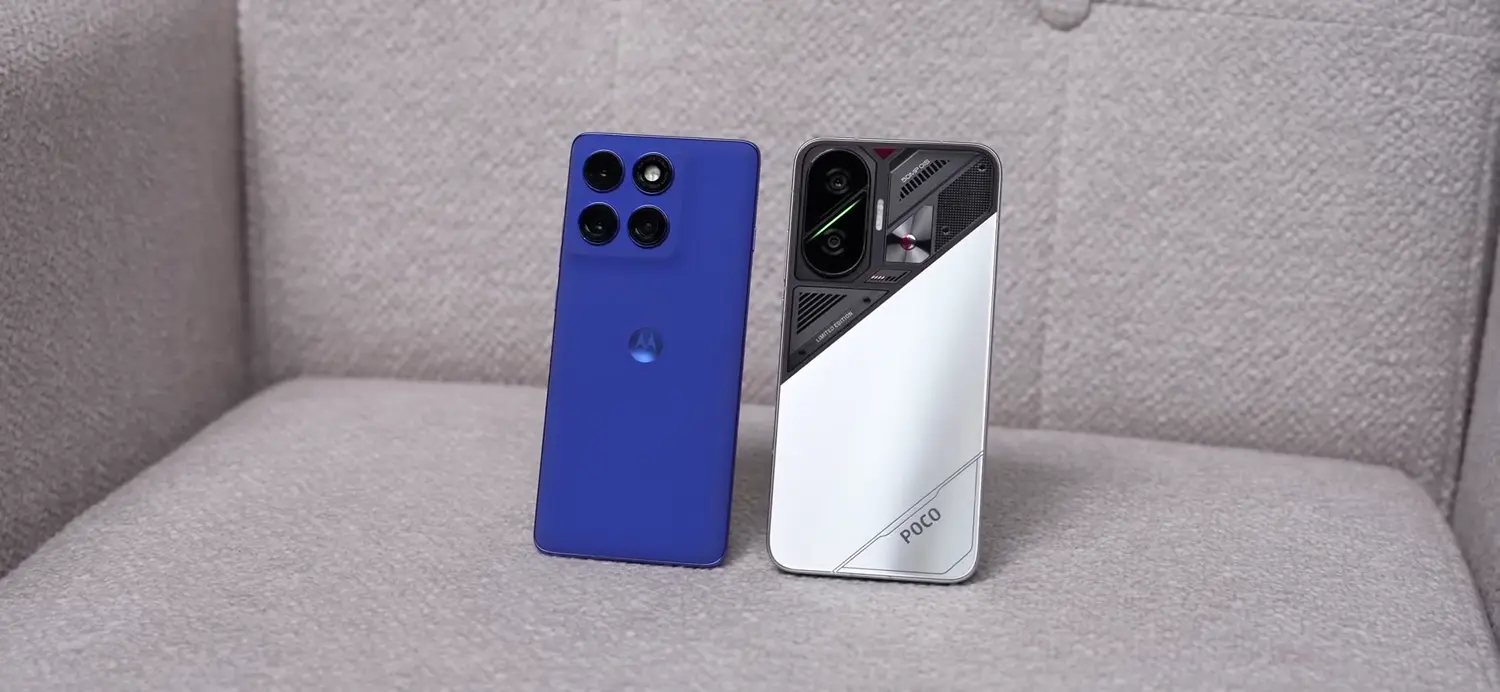The Samsung Galaxy S25 Edge has created quite a buzz in the smartphone market, reviving the “Edge” moniker with a focus on an ultra-slim design. At just 5.8 mm thick and weighing a mere 163 grams, it’s the slimmest phone in Samsung’s Galaxy S series to date. Launched in May 2025, this device aims to break the monotony of bulky flagships by offering a sleek, lightweight alternative without compromising on premium features. But with a smaller 3,900 mAh battery and a dual-camera setup, does it live up to the flagship standards set by its siblings, the Galaxy S25 and S25 Ultra? In this detailed review, we’ll dive into the design, display, performance, battery life, camera, software, and more to help you decide if the Galaxy S25 Edge is worth your investment.
Design and Build: Slim and Sturdy
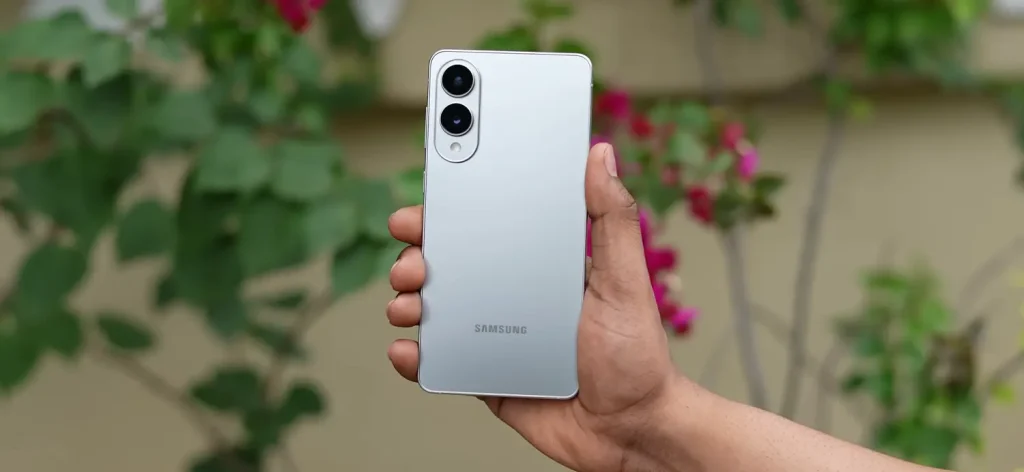
The first thing you notice about the Galaxy S25 Edge is its jaw-dropping slimness. At 5.8 mm, it’s as thin as stacking five credit cards together, making it one of the thinnest flagships in 2025. Despite its slender profile, the phone feels surprisingly balanced and not top-heavy, as one might expect. Samsung has used premium materials to ensure durability, including a titanium frame (similar to the Galaxy S25 Ultra), Corning Gorilla Glass Victus 2 on the back, and the new Corning Gorilla Glass Ceramic 2 on the front. This is the first phone to feature this advanced glass, which promises enhanced crack resistance and durability, ideal for those prone to accidental drops.
The titanium frame adds to the phone’s sturdiness, offering better tensile strength than steel or aluminum. There’s no flex or creakiness, which is impressive for such a thin device. The camera module, with its two-step glass-and-metal design, adds a premium touch, though it causes a slight wobble when the phone is placed flat on a surface. The power button and volume rocker are clicky and tactile, and the USB-C port (version 3.2 Gen 1) is a welcome addition for faster data transfer. However, the ports at the bottom aren’t perfectly symmetrical, which might bother some users with a keen eye for detail.
Available in three colors—Titanium Silver, Titanium Icyblue, and Titanium Jetblack—the S25 Edge looks sleek and modern. The design is a standout, making it a strong contender for one of the best-looking phones of 2025. If you’re someone who values aesthetics and portability, this phone’s slim and lightweight build is sure to impress.
Display: A Visual Treat
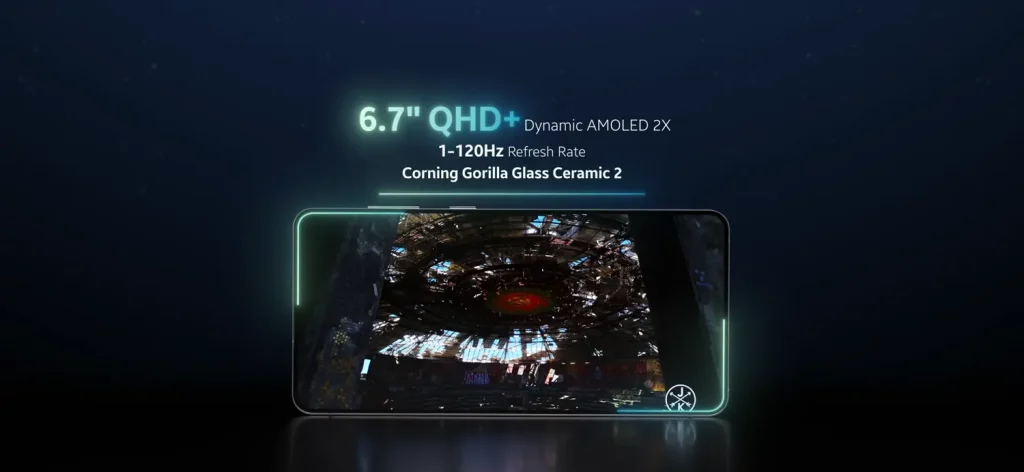
The Galaxy S25 Edge sports a 6.7-inch Dynamic AMOLED 2X display with a QHD+ resolution (3120 x 1440 pixels), matching the sharpness of the S25 Plus and S25 Ultra. The LTPO technology allows the refresh rate to dynamically adjust between 1 Hz and 120 Hz, ensuring smooth scrolling while optimizing battery life. With a peak brightness of 2,600 nits, the display is vibrant and visible even under direct sunlight, making it ideal for outdoor use in sunny climate.
The panel supports HDR10+ for rich colors and deep contrasts, perfect for streaming Netflix or playing games. The bezels are razor-thin, offering an immersive edge-to-edge experience, and the curved sides add a futuristic aesthetic without compromising touch response. Samsung’s Vision Booster technology enhances color accuracy and visibility, making content like videos and games pop.
The ultrasonic fingerprint scanner embedded in the display is fast and reliable, unlocking the phone with a light tap. However, the haptic feedback feels slightly soft and occasionally rattly, which is a minor drawback for a premium device. Overall, the display is a highlight, delivering a flagship-grade visual experience that rivals the best in the market.
Performance: Power-Packed Despite the Slim Frame
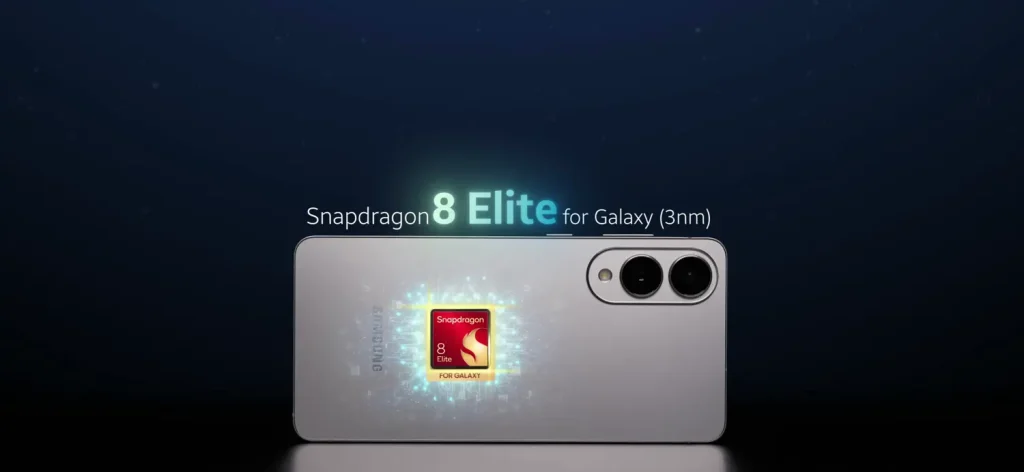
The Galaxy S25 Edge is powered by the Qualcomm Snapdragon 8 Elite for Galaxy, a customized chipset with higher-clocked prime CPU cores (up to 4.47 GHz) and an enhanced GPU for superior performance. Paired with LPDDR5X RAM (12 GB) and UFS 4.0 storage (256 GB or 512 GB), the phone handles everything from multitasking to gaming with ease. Samsung offers a pre-order deal where the 512 GB variant is available at the price of the 256 GB model, which is a great value proposition.
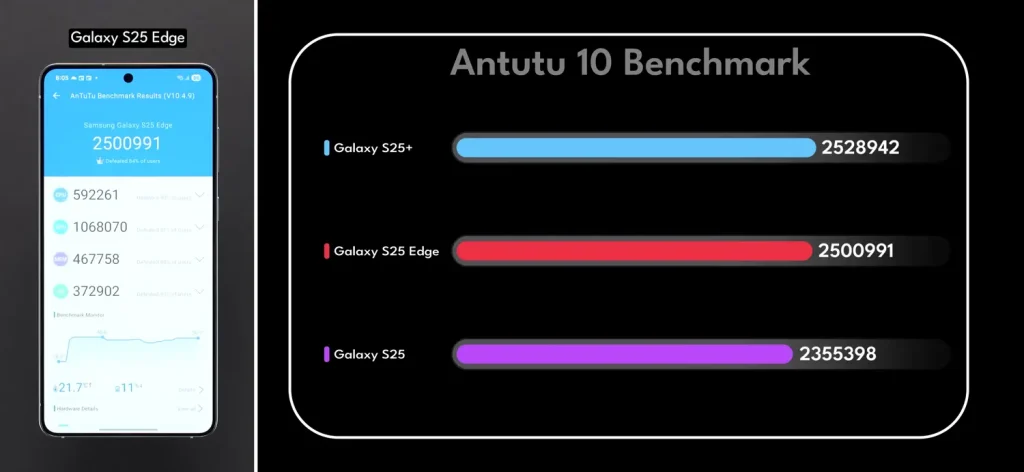
In benchmark tests, the S25 Edge delivers impressive results. Its Geekbench CPU scores are among the best, and the AnTuTu score falls between the Galaxy S25 and S25 Plus. For gaming, the phone excels. In Genshin Impact at max graphics settings targeting 60 FPS, it achieved an average of 59.9 FPS with a peak temperature of just 41.3°C. In Grid Legends at a 30 FPS preset, it maintained 29.9 FPS with temperatures around 43.4°C. These numbers are remarkable for a slim phone, as thicker flagships often run hotter under similar loads.
Samsung’s clever engineering, including a reconfigured vapor cooling chamber and optimized thermal interface material, keeps temperatures in check. While the phone can get warm during extended camera use, it never becomes uncomfortably hot. For casual gamers or those who play for short bursts, the S25 Edge is more than capable. However, professional gamers might prefer a dedicated gaming phone with better thermal management for prolonged sessions.
Battery Life: The Biggest Compromise?
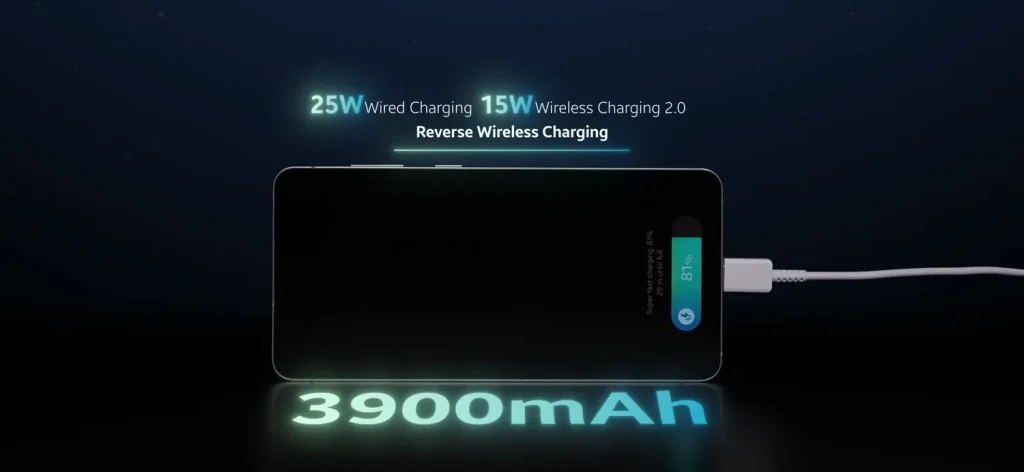
The Galaxy S25 Edge’s 3,900 mAh battery is one of its most significant trade-offs for its slim design. Compared to the 4,900 mAh battery in the S25 Plus and 5,000 mAh in the S25 Ultra, it’s noticeably smaller. Many users, especially in India where long battery life is a priority, might worry about its performance. However, the Snapdragon 8 Elite’s power efficiency and Samsung’s software optimizations help mitigate this concern to an extent.
In a real-world test with adaptive refresh rate, Full HD+ resolution, and a mix of Wi-Fi (80%) and 5G (20%) usage, the phone delivered a screen-on time of 5 hours and 20 minutes. This included gaming, a Zoom call, camera use, and social media apps like Instagram. While this is better than the expected 4 to 4.5 hours, it’s still lower than competitors like the iPhone 16 Pro Max or the Galaxy S25 Ultra, which can last over 15 hours in similar tests. For moderate users, the S25 Edge can last a full day, but heavy users may need to charge it mid-day.
Charging speeds are standard for Samsung: 25W wired and 15W wireless, with 4.5W reverse wireless charging. The inclusion of wireless charging in such a thin chassis is commendable, as the coil typically takes up significant space. However, the 25W wired charging is slower than the 45W offered by the S25 Plus and Ultra, which is a missed opportunity. A full charge takes about 64 minutes, which is decent but lags behind competitors like the Google Pixel 9 Pro. Battery health options, such as limiting charging to 80–95%, are available to prolong the battery’s lifespan.
If battery life is your top priority, the S25 Edge might disappoint. Carrying a portable power bank could be a practical solution for power users.
Camera: Flagship-Grade with Some Limitations
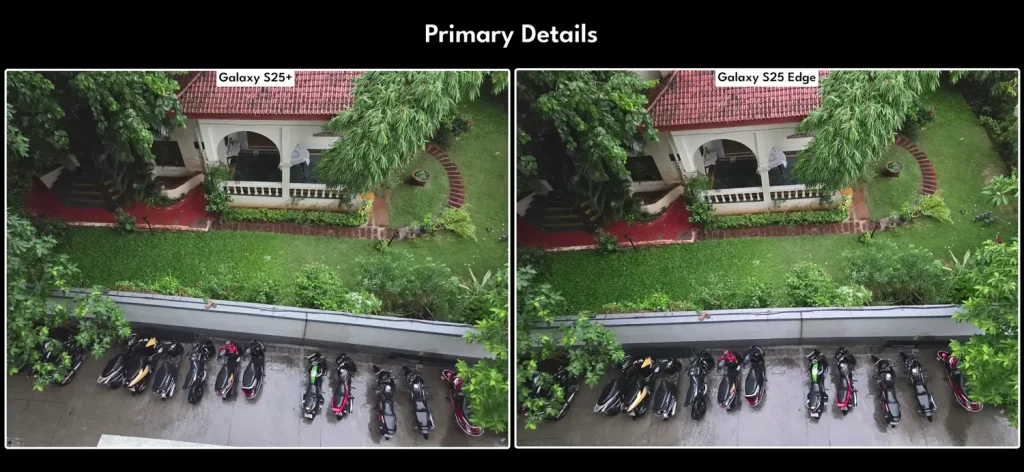
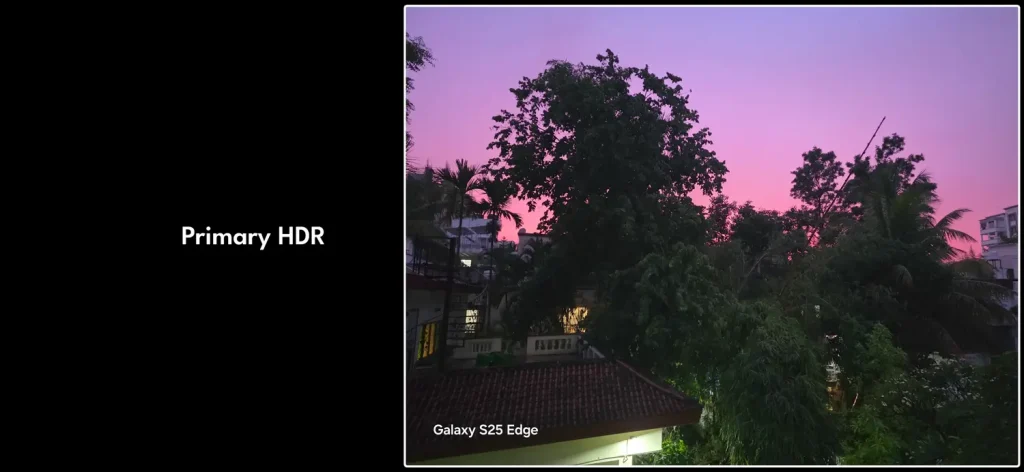
The Galaxy S25 Edge features a dual-camera setup, a departure from the triple-camera systems on the S25 and S25 Plus. It borrows the 200 MP main sensor (f/1.7) from the S25 Ultra, paired with a 12 MP ultra-wide camera (f/2.2) with autofocus for macro shots. The 12 MP selfie camera has an 85-degree field of view, ideal for group selfies. The lack of a dedicated telephoto lens is a notable compromise, but Samsung compensates with AI-enhanced zoom up to 10x.
In daylight, the 200 MP main camera shines, capturing sharp details and vibrant colors that are closer to neutral than previous Samsung flagships. Compared to the S25 and S25 Plus, it pulls in more detail, especially in complex scenes. HDR performance is excellent, though highlights can occasionally be overblown. Night photography is impressive, with the camera brightening scenes effectively, often outperforming the S25 Plus in low-light conditions. The new object-aware engine enhances portraits, delivering accurate skin tones and excellent edge detection with a natural bokeh effect.

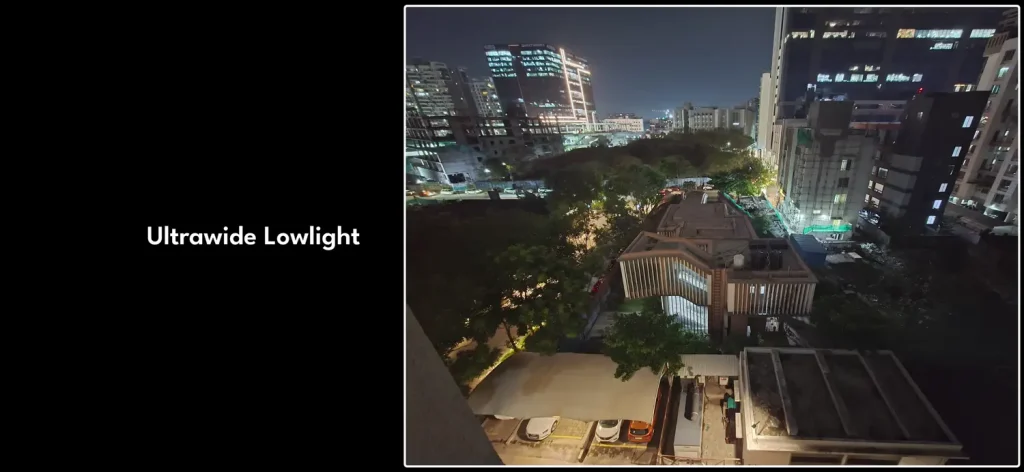
The 12 MP ultra-wide camera performs well in daylight but softens in low light, showing some issues with highlights and color accuracy. The selfie camera excels in both daylight and low light, with good skin tone correction. For zoom, the 2x and 4x crop modes are decent, but quality drops significantly at 10x due to the lack of a telephoto lens. Video recording is a strong point, with 4K 60 FPS support across all cameras, excellent stabilization, and crisp audio. The phone also offers 4K 120 FPS pro video and log recording for advanced users, though low-light video quality could be better.
Overall, the camera system is flagship-grade for most users, especially those who prioritize main camera performance. However, photography enthusiasts needing versatile zoom capabilities might prefer the S25 Plus or Ultra.
Software: One UI 7 and Galaxy AI
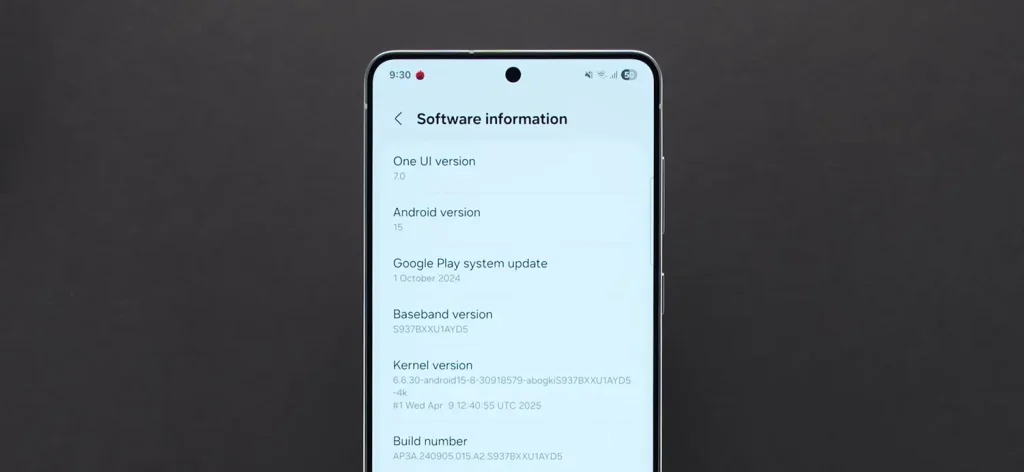
The Galaxy S25 Edge runs on Android 15 with One UI 7, offering a polished and feature-rich experience. Samsung promises seven years of OS and security updates, ensuring the phone remains relevant until 2032. One UI 7 introduces smooth animations, a customizable lock screen, and the Now Bar with live activities for quick access to timers, music, and notifications.
Galaxy AI enhances the experience with features like Live Translate, Generative Edit, Note Assist, and Transcript Assist. The integration of Google’s Gemini Live and Gemini Advanced adds unique capabilities, such as visual conversations where you can point the camera at an object (e.g., clothes) to get real-time advice (e.g., washing instructions). Screen and video sharing with Gemini Live further improves interaction, making the phone a smart companion for everyday tasks. Samsung Knox Vault ensures on-device AI processing for enhanced privacy.
The software is intuitive and user-friendly, catering to both casual users and tech enthusiasts. The long update commitment makes the S25 Edge a future-proof investment.
Specifications Table
| Specification | Details |
|---|---|
| Display | 6.7-inch Dynamic AMOLED 2X, QHD+ (3120 x 1440), 120 Hz LTPO, HDR10+, 2,600 nits |
| Processor | Qualcomm Snapdragon 8 Elite for Galaxy |
| RAM | 12 GB LPDDR5X |
| Storage | 256 GB / 512 GB UFS 4.0 (no microSD slot) |
| Rear Cameras | 200 MP main (f/1.7), 12 MP ultra-wide (f/2.2, autofocus) |
| Front Camera | 12 MP (f/2.2, 85-degree FoV) |
| Battery | 3,900 mAh, 25W wired, 15W wireless, 4.5W reverse wireless |
| Operating System | Android 15 with One UI 7 |
| Build | Titanium frame, Gorilla Glass Victus 2 (back), Gorilla Glass Ceramic 2 (front), IP68 |
| Dimensions | 5.8 mm thick, 163 grams |
| Connectivity | 5G, Wi-Fi 7, Bluetooth 5.4, NFC, USB-C 3.2 Gen 1 |
| Additional Features | Ultrasonic fingerprint scanner, stereo speakers, Samsung DeX, Galaxy AI, Knox Vault |
Should You Buy the Galaxy S25 Edge?

The Samsung Galaxy S25 Edge is a bold move in a market where flagships are becoming increasingly similar. Its ultra-slim design, premium build, stunning display, and powerful performance make it a compelling choice for those who prioritize portability and aesthetics. The 200 MP camera delivers excellent results, and the software experience, bolstered by Galaxy AI and long-term updates, is top-notch. However, the 3,900 mAh battery is a significant compromise, offering moderate battery life that may not suffice for heavy users. The lack of a telephoto camera also limits its appeal for photography enthusiasts.
Priced at ₹1,10,000 for the 256 GB variant (with a 512 GB upgrade option during pre-orders), the S25 Edge is ₹10,000 more expensive than the S25 Plus, which offers a larger battery, faster charging, and a telephoto lens. The S25 Ultra, at ₹20,000 more, provides even more features, including a stylus and advanced cameras. If you value a slim and lightweight phone and are okay with charging it more frequently, the S25 Edge is a great pick. For those who want no compromises, the S25 Plus or Ultra might be better options.
Is It Worth It?
For users, particularly students and young professionals, the Galaxy S25 Edge appeals to those who want a stylish, high-performance phone that stands out. Its slim design is perfect for one-handed use and portability, and the premium materials ensure it feels like a luxury device. The camera and display are flagship-grade, and the software experience is future-proof. However, the battery life and lack of a telephoto lens are notable drawbacks, especially at this price point. If you’re a moderate user who values design over endurance, the S25 Edge is worth considering, especially with pre-order deals. For power users, the S25 Plus or Ultra may offer better value.
In conclusion, the Galaxy S25 Edge is a refreshing take on flagship smartphones, proving that slim phones can still pack a punch. It’s not perfect, but it’s a solid choice for those who want to make a style statement without sacrificing too much performance.
